Imagine creating engaging stories, insightful conversations, remote interviews, and thought-provoking insights. However, such audio quality requires more than a microphone and script. There are several ways to improve your podcast recording, from choosing the correct recording equipment to mastering voice modulation, background noise and post production.
I’m Niall Mackay, The Podcast Guy. I’m the host of several shows including Vietnam is Awesome, Smarter Podcasting, DeltaMV’s Insight Bites, and founder of the Seven Million Bikes Podcasts.
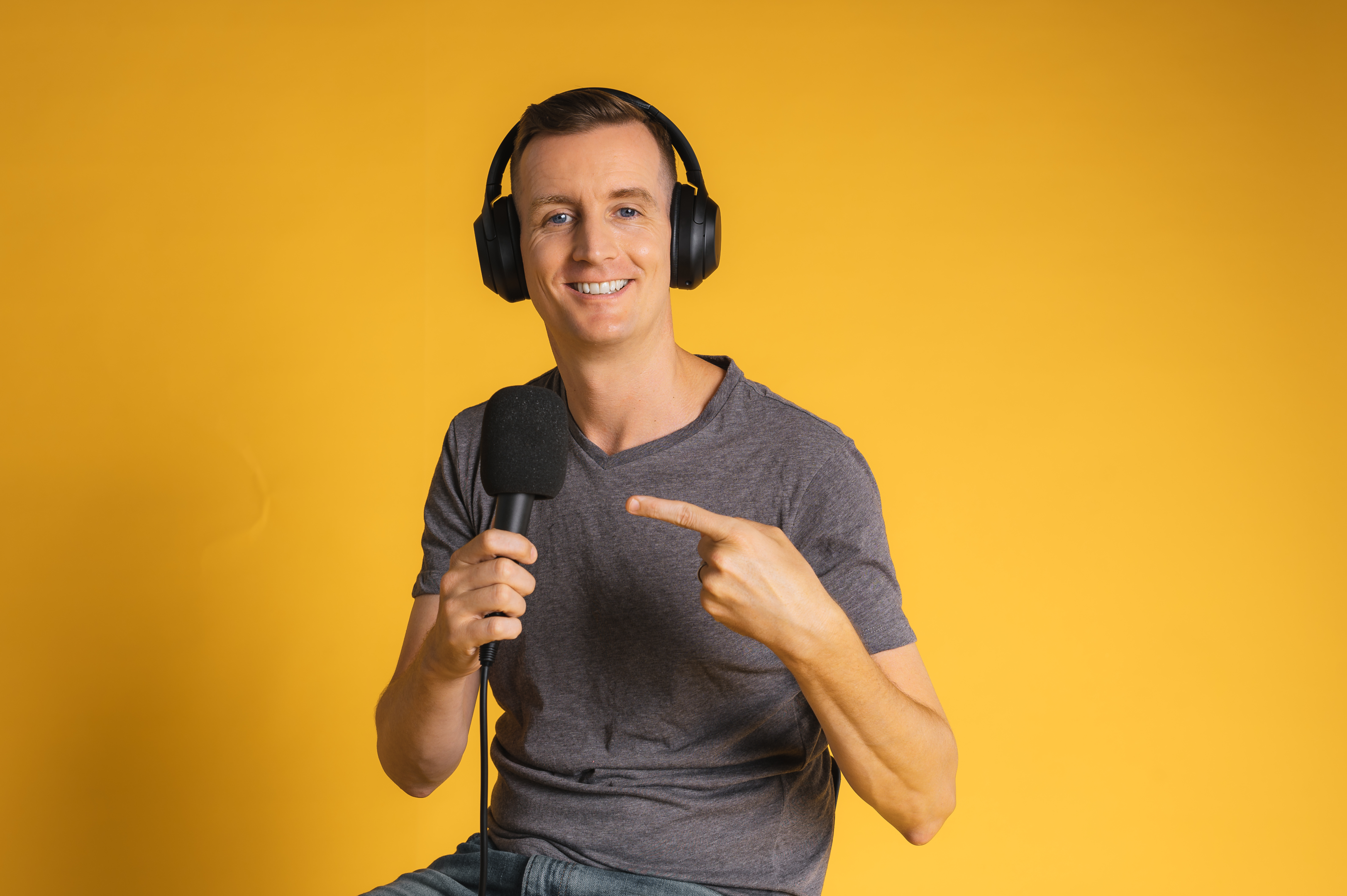
In this post, we discuss podcast recording tips that promise to transform your episodes into sonic masterpieces. Learn how to strategically place your microphones, analyze room acoustics, and use post-production effects to create a compelling audioscape.
1. Invest in the Best Equipment
Investing in top-notch, recording software and equipment is a key step in making an interesting podcast episode. The microphone you choose plays a fundamental role. Coupled with a reliable audio interface and complemented by closed-back headphones, your podcast setup and recording platform forms the backbone of pristine audio quality.
Additionally, pop filter eliminate plosive sounds caused by bursts of air hitting the microphone during audio recording. It is a few pieces that shows how important attention to detail is for making professional and clear, audio files.
However, while the quality of your equipment is important, it’s also important to find a balance between budget and what you want to do with your podcast. Prioritize wisely based on your needs and make changes as your show goes on.
By establishing a strong base with high-quality equipment, you’ll be ready to make a podcast that impresses viewers and gives them a full-bodied sound experience.

2. Creating an Ideal Recording Environment
Putting together the best place to record test audio for your show requires you to think about how different parts work together. Start by picking a quiet room and secluded space.
Ideally equipped flat surfaces reflect sound with soundproofing materials such as curtains or acoustic panels to absorb sound and minimize external disturbances.
Effective control of ambient noise can be achieved through thorough scheduling. Attention to lighting and and how your desk is set up will make you more comfortable and help you get more done.
This recording environment is the background for your podcast recording.
3. Preparing Your Voice and Guests
Getting your own voice and guests ready for your recording is a detailed process that makes your shows better. Focus on getting your vocal cords ready by warming up and staying hydrated.
Practice speaking clearly and slowly so that your words flow easily and are easy to understand.
It’s important to communicate with your guest; provide them with a detailed outline of the episode, do test-recording interviews to normal conversational tone during the podcast recording. Encourage them to say something remarkable.
You can make a successful podcast that interests both the listeners and your guests by recording tips for improving your voice sounds, making sure the conversations are interesting, and ensuring that the recording process goes smoothly.
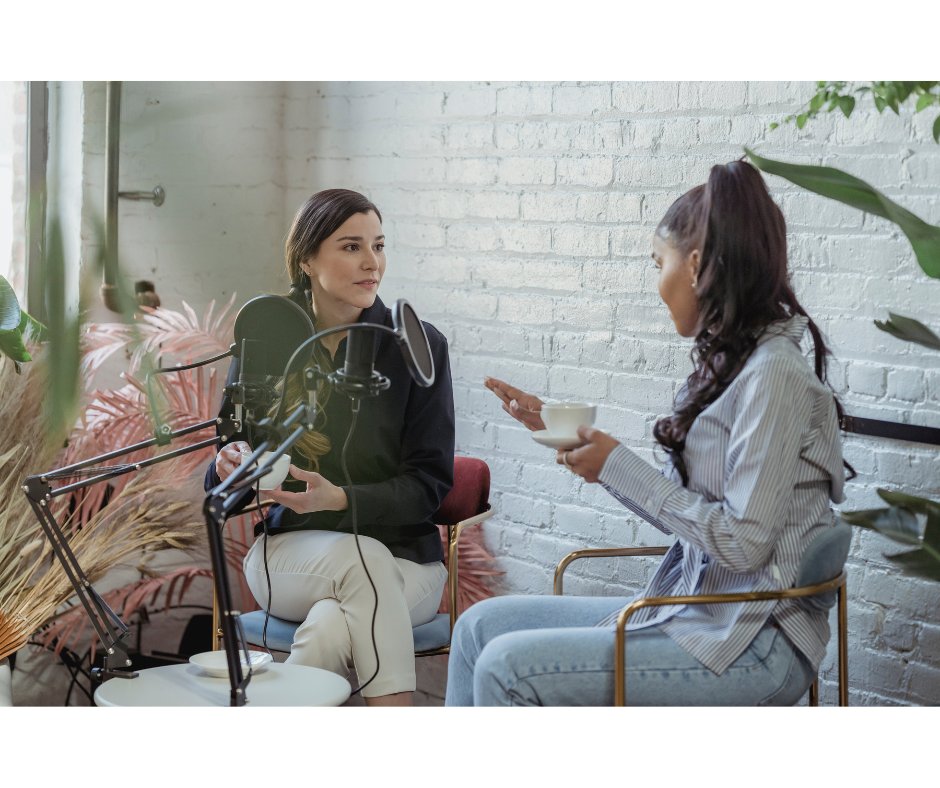
4. Smart Editing Process
Smart editing process is the secret sauce that elevates your post-production, enhancing the overall quality while saving precious time. From background noise reduction and seamless transitions to balanced audio levels and sensible use of music and sound effects, mastering these processes ensures that your podcast not only shines but also keeps your listeners engaged from start to finish.
Troubleshooting Audio Issues
To produce consistent and high quality audio and video podcasts, troubleshooting possible audio or technical issues is a must. Before you start recording, check to see if any of your podcasting equipment are loose or if any parts are broken.
Adjust microphone placement and try out different recording angles to get the best sound quality.
Utilize audio editing software to apply noise reduction, equalization, and compression techniques during recording and post-production. Check the audio levels often while you’re doing your podcast recording to avoid skipping or bad audio.
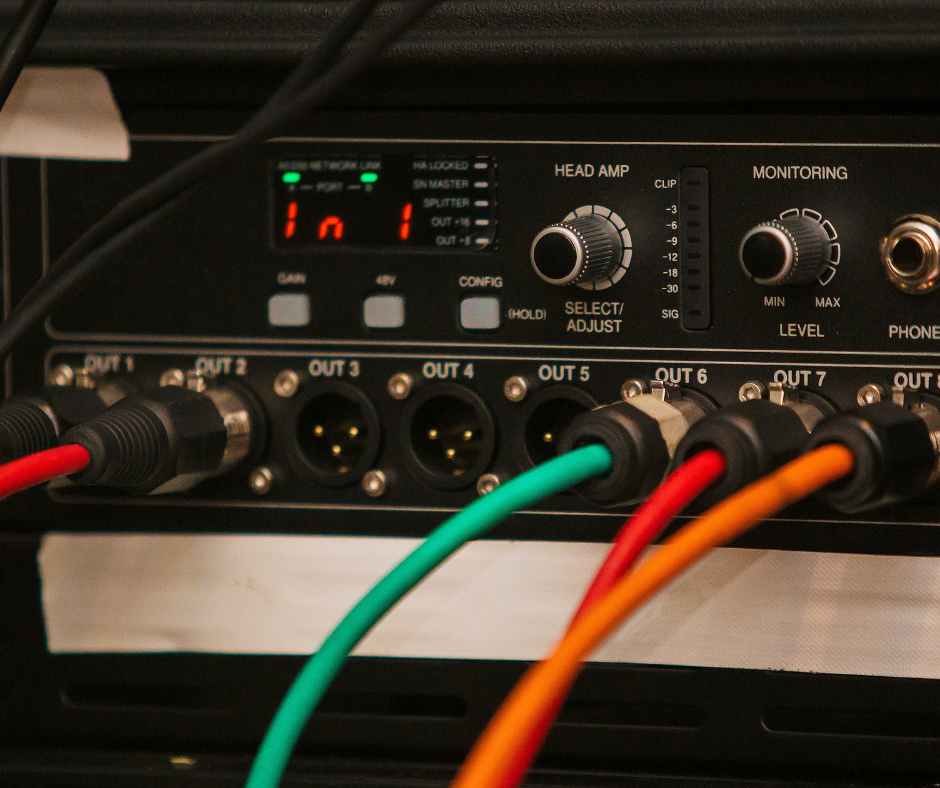
Planting Audio Cues for Easy Mistake Identification
Planting audio cues strategically during your podcast recording serves as markers for identifying mistakes during editing. These cues act as your visual guides in recording software as well as audio editing software, making it easier to find mistakes or places that need to be fixed. By using these cues, you can efficiently address issues, enhancing the overall quality and flow of the final podcast audio episode.
Eliminating Background Noise During Recording Podcasts
Use soundproofing materials like acoustic panels and foam padding to absorb and eliminate background noise. If you’re on a budget, you can use blankets or curtains to cover shiny flat surfaces that reflect sound.
A well-chosen microphone with a focused pickup pattern, helps pick up your voice while reducing background noise.
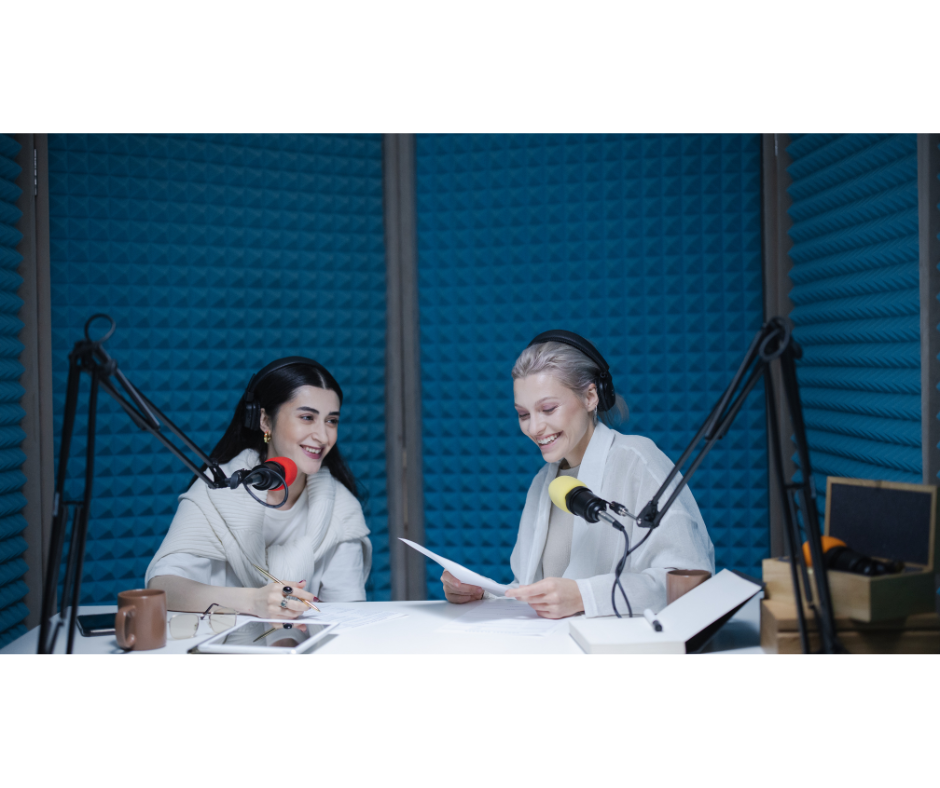
PODCAST RECORDING TIPS: For smarter editing process use Descript. This is a quick and easy way to improve the quality of your own podcast episodes as a whole.
5. Hydration and Microphone Technique
Benefits of Staying Hydrated for Vocal Quality
Keeping yourself hydrated isn’t just about quenching your thirst; it’s also about taking care of your voice so that it can perform at its best. Hydrating gives you the power to control your voice with smoothness, show confidence to sound natural, and give powerful speeches or presentations.
By staying hydrated, you’re investing in the energy, versatility, and capacity of your voice, which are all important if you want to leave a lasting impact with your audience and leave them interested.
There is nothing worse than hearing the dry mouth of a host!

Proper Microphone Discipline for Professional Audio Quality
Mastering the right way to use a microphone is key to getting excellent sound quality. Use a ‘pop filter’ to counter disruptive plosive sounds, and practice controlled breathing for consistent sound.
Using acoustic treatments that can absorb sounds such as popping background noises out, you can improve the sound of your recording. These podcast recording tips will help you create an engaging listening experience that shows how good your content is to your podcast listeners.
Importance of Maintaining Microphone Distance
Keeping the microphone at the right distance is a key part of recording setup and getting great audio sound quality. When you stand too close to the microphone, you can make a sound that is high pitch sound marker, with a lot of bass and possibly some distortion.
On the other hand, if you are too far away, your voice may lose its power and clarity.
PODCAST RECORDING TIPS: The right balance for your microphone is usually between four and six inches. That will give your podcast listeners a sound that is well-balanced and natural.
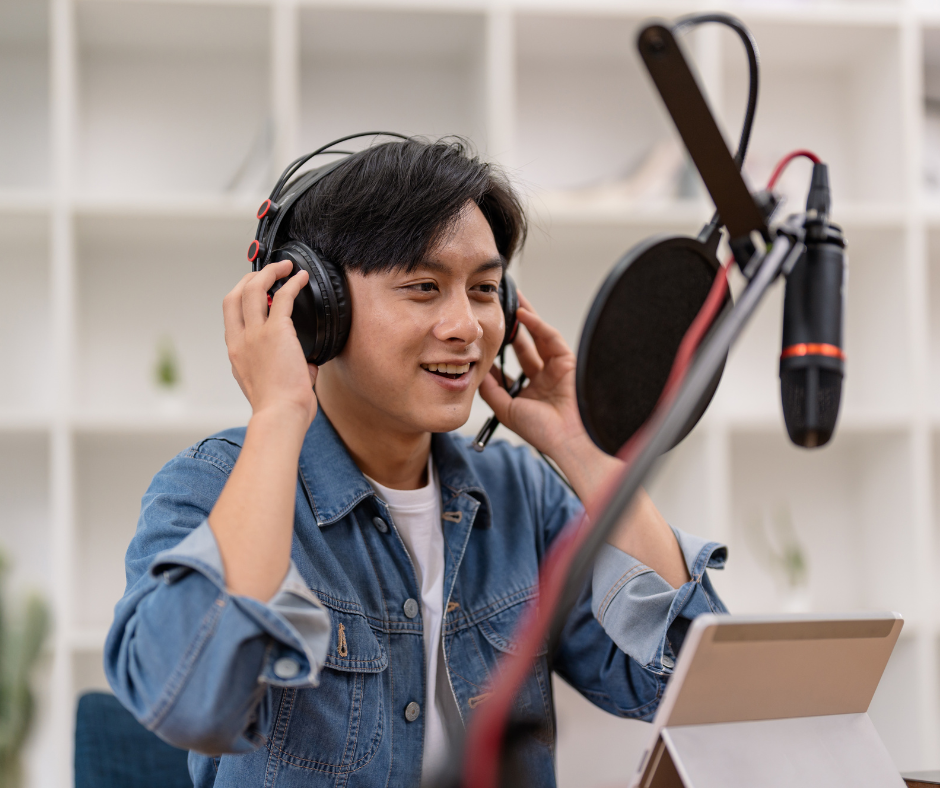
6. Wear Headphones for Active Listening and Monitoring
Wearing headphones is essential for accurate monitoring in audio production. They give you a clear view of the soundscape, which lets you monitor and adjust your voice. It also keeps you and the guests from being distracted by the noisy environment, making it possible to hear things clearly, whether there are multiple people speaking.
PODCAST RECORDING TIPS: Wearing headphones lets you make good choices to enhance the quality of the audio file and keeps your listeners engaged in an interesting listening experience.
7. Polished Conversations and Engagement
For polished conversations and engagement, there needs to be a careful mix between talking and listening. This means avoiding interruptions as much as possible during the recording process so that conversations aren’t interrupted and both you and the guest can talk without being disturbed.
Strategies like active listening and strategic breaks help you and the guest talk without stopping, which keeps the conversation going. Focused conversation that acknowledges and builds on each other’s thoughts keeps listeners interested and ensures an engaging and impactful conversation.
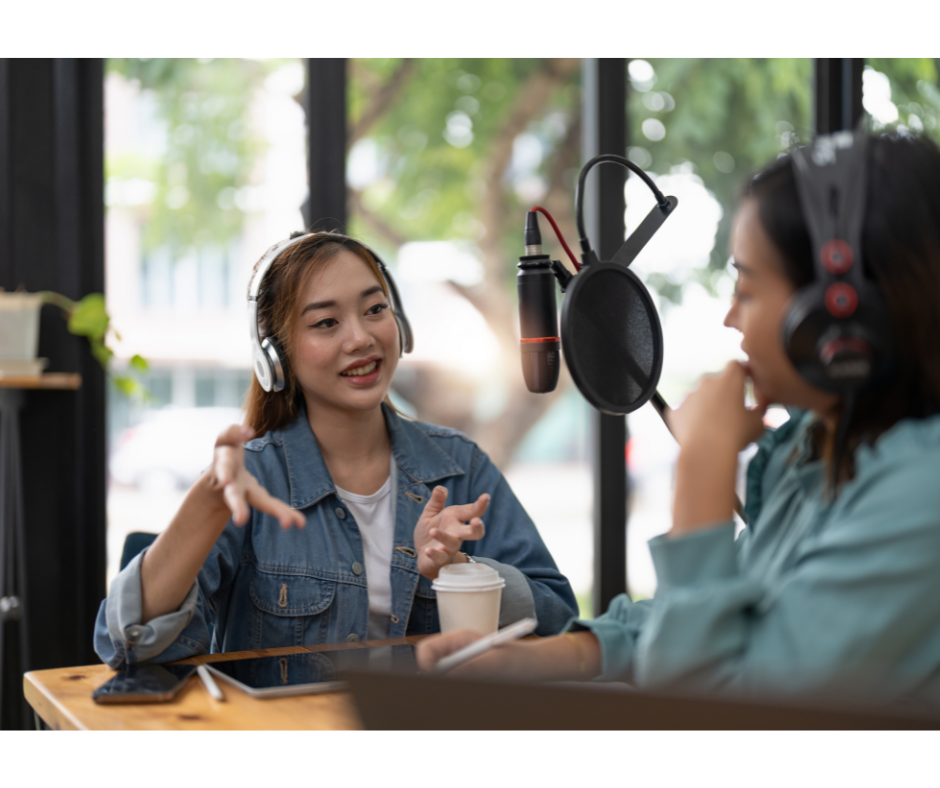
8. Monitoring and Adjusting Volume Levels
Monitoring and adjusting the volume levels are two of the most important ways to make sure that the quality of the sound is perfect when you are recording. Using headphones or studio speakers for active monitoring lets you find and fix mistakes, distortion, or ambient noises in your multitrack recording.
This means keeping a close eye on the recording app to keep the sound in the right range and avoid audio distortion.
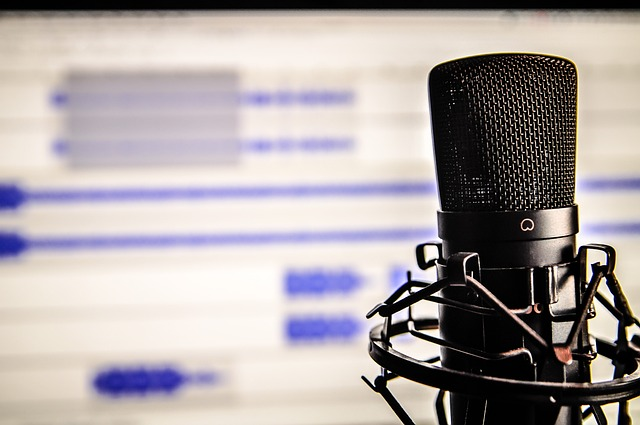
Whether you’re recording or editing, you need to know how to change the volume of high frequency range to a well-balanced sound that is clear, varied, and easy to listen to. Consistent volume levels are important for an enjoyable and engaging listening experience.
Mastering these tricks creates an environment that informs, engages, and resonates with your audience.
9. Effective Use of Sound Effect
Adding sound effects to your podcast audio is an exciting way to give your listeners more interest and significance. With accuracy and editing skills, carefully picked and put into the audio the sound effects that can transport your listeners and make the content better.
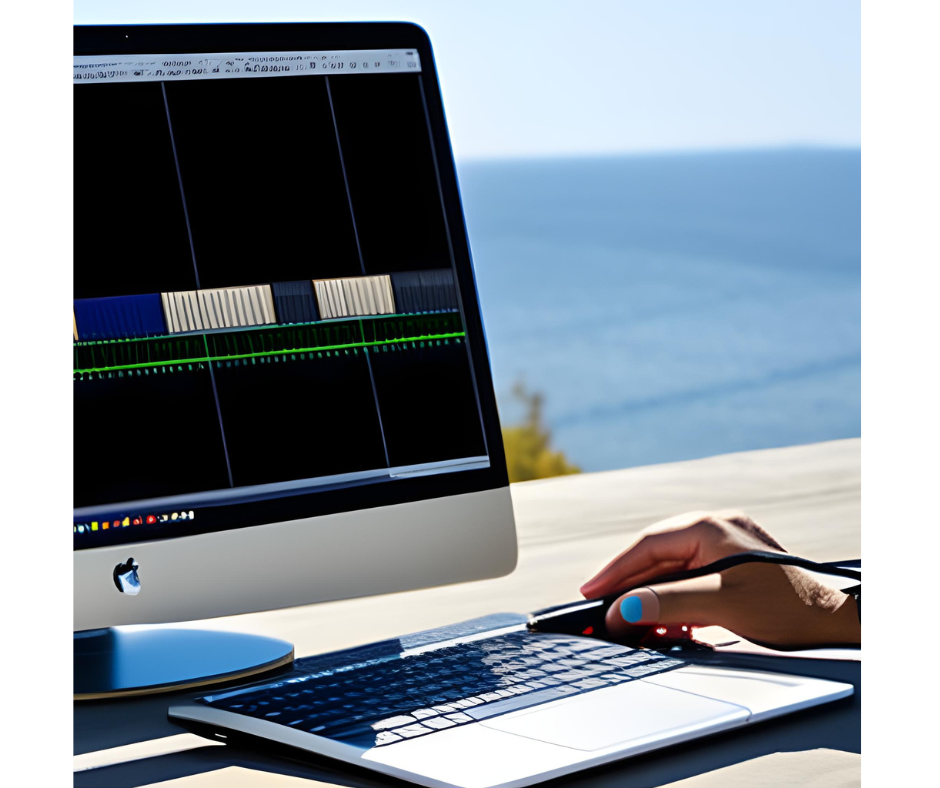
10. Trusting Your Ears and Instincts
A key part of professional and clear audio is learning to trust your ears and thoughts. Actively listen to recordings to pick up on small details that will help you pinpoint areas that need changes.
11. Recording Multiple Speakers for Clarity
When it comes to recording multiple people, using a technique where each person is recorded on a separate channel has a lot of benefits. This method improves clarity and lets you enhance the audio output with careful attention to detail.
By recording each speaker’s voice on its own separate track, you have a lot more control over how loud each voice is and how much background noise there is, making it easier to balance the sounds.
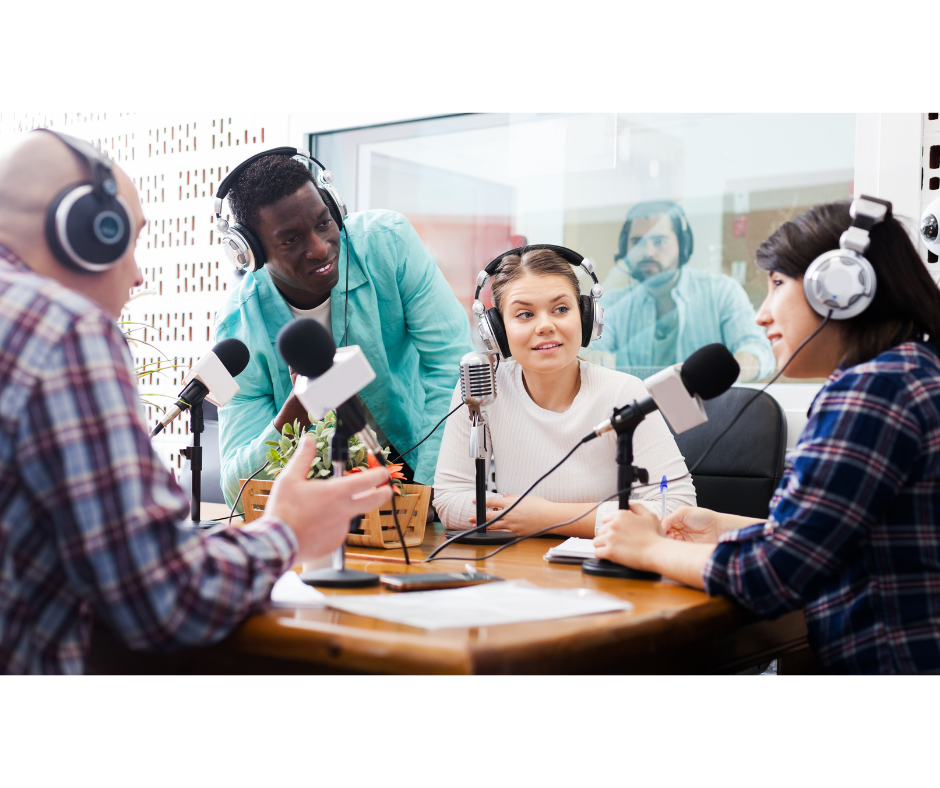
Multi track recording feature of recording platforms improves your audio by allowing level optimization, noise reduction, and independent editing in interviews, panel talks, and collaborative projects. This makes your audio better.
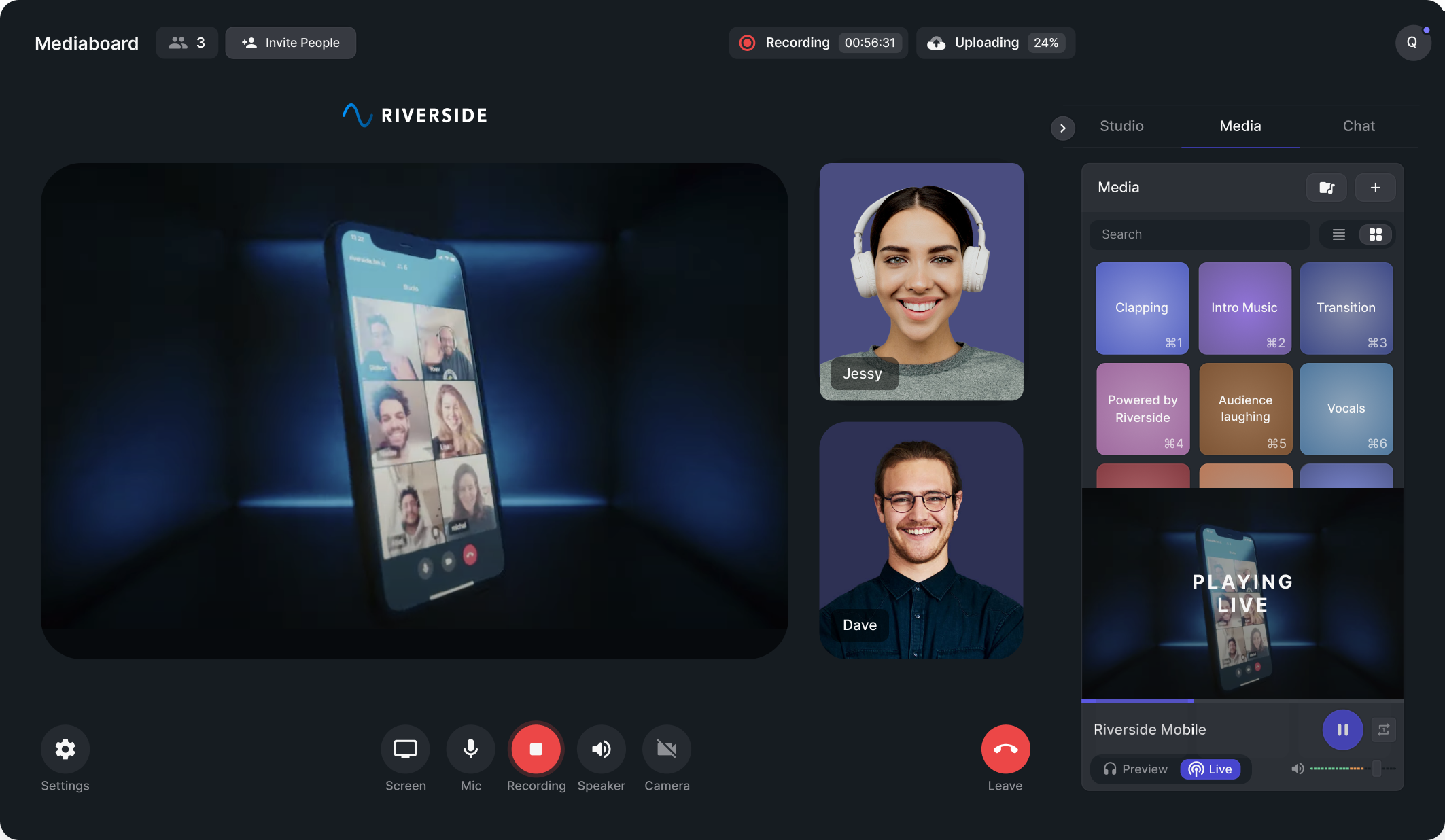
PODCAST RECORDING TIPS: Use as your recording platform; it specializes in recording podcast remotely, catering to audio and video interviews. It also has features like separate tracks for each user, real-time monitoring, and studio-quality sound that make it the right equipment for making high resolution audio and video recordings.
12. Boosting Bandwidth for Remote Interviews
Boosting bandwidth is a key part for seamless remote interviews, making sure that the interview go smoothly and recordings are of high quality.
A strong and stable internet connection is the backbone of remote recording. It lets people talk to each other without interruption and reduces the chance that audio or video will stop working.
To get the most out of your internet access, consider direct connections through Ethernet cables, which are more stable and consistent than Wi-Fi.
Also, when using recording software, shutting or minimizing background apps on your device can prevent connectivity congestion and make your online interview better overall.
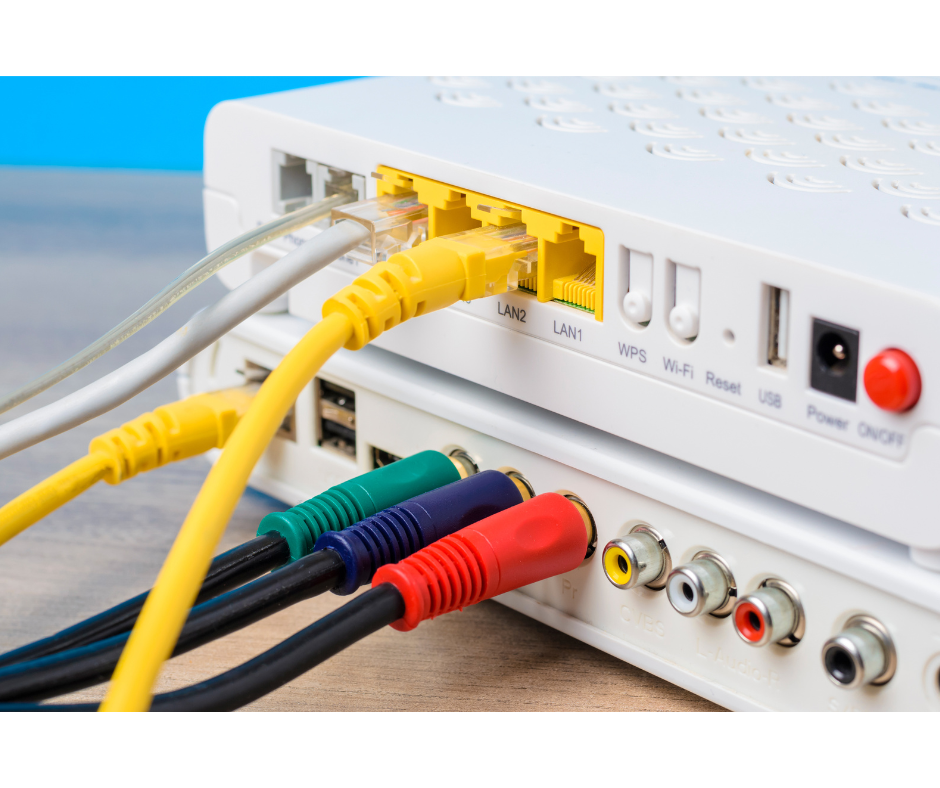
PODCAST RECORDING TIPS: Prioritize high-quality audio capture for remote meetings to promote interesting and professional interviews.
13 Essential Podcast Recording Tips for Mastering the Airwaves – Conclusion
Putting together these tips will help you improve your podcast production journey, from choosing the right equipment and setting up an ideal environment to record to mastering voice preparation, using editing techniques, fixing problems, and paying attention to strategic cues.
Having excellent audio was made clear over and over again in these tips. It is a non-negotiable part of your podcast that is important to getting and keeping the listener’s attention. It is also the foundation of engaging and powerful podcast episodes.
The road to making amazing podcasts is ahead of you, and it encourages you to put all of these bits of knowledge into action. Every time you move a microphone, warm up your voice, or make a smart edit, you make an audio experience that goes above and beyond what is expected.
If you follow these tips for recording, you’ll be able to bring out the full potential of your content and turn it into a complete journey that engages, informs, and entertains your listeners.

In-person Recording Services – Less Time, More Professional
I hope my podcast recording tips have been valuable for you. But, if you think choosing the right gears, setting up equipment, and ensuring a noise-free episode feels overwhelming, let me help you.
If you’re in Ho Chi Minh City, Vietnam, enjoy distraction-free recording with unmatched audio clarity, a rapid 48-hour turnaround, and up to 1 hour of recording time. My In-person Recording Service can elevate your content with 4K quality, exceptional audio, and a 72-hour turnaround for edited videos. Don’t wait anymore, click now!


